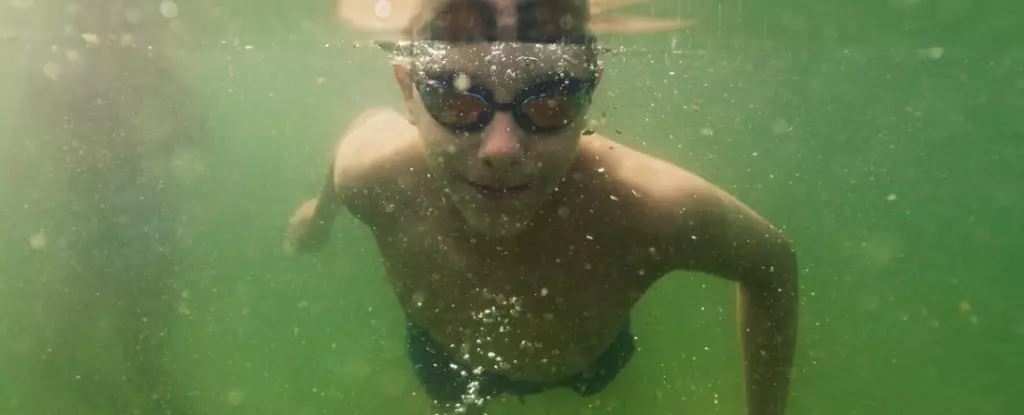As the sun blazes and temperatures soar during the summer months, many people flock to various water bodies to cool off and enjoy recreational activities. While salty ocean waves and sandy beaches might be the go-to for many, freshwater swimming holes such as lakes, rivers, and pools also draw in crowds seeking relief from the heat. However, amidst the fun and relaxation lies a disturbing potential threat that is often overlooked: Naegleria fowleri, commonly referred to as the “brain-eating amoeba.”
Freshwater environments are typically seen as welcoming and safe, but they can harbor unseen hazards. Naegleria fowleri, a single-celled organism, poses an extremely rare yet fatal risk to individuals who venture into warm freshwater. Discovered in the 1960s after a series of inexplicable deaths linked to a rare form of meningitis in South Australia, this amoeba can lead to primary amoebic meningoencephalitis (PAM), a devastating ailment that affects the central nervous system. What’s alarming is that historically, PAM has a staggering fatality rate—research indicates survival rates hover around 2-5%, making the prospect of infection incredibly grim.
Understanding where Naegleria fowleri thrives is crucial for assessing risk. The organism flourishes in warm environments, typically within freshwater bodies that have a temperature range of 25°C to 40°C (77°F to 104°F). It commonly inhabits warm lakes, hot springs, and poorly maintained swimming pools, while notably failing to survive in saltwater. Importantly, treated water supplies, such as those from municipal systems that have chlorination processes, do not favor the survival of Naegleria fowleri, thus making them safe for drinking and other activities.
However, incidents have been reported in unexpected places, where heated water environments have led to tragic outcomes. For instance, geothermal baths in the UK claimed a life when a swimmer became infected, demonstrating how even cultured and managed water sources are not entirely immune to this danger.
One of the most perplexing aspects of Naegleria fowleri is its infection pathway. Unlike typical pathogens that can enter the body through ingestion, this amoeba requires direct access to the brain via the nasal passages. This unusual transmission means that simple activities such as swimming or engaging in water sports can unwittingly lead to exposure. Rinsing nasal passages with unsterilized water is another risky endeavor, as it can introduce the parasite directly into the nasopharynx, facilitating its entry into the brain.
The onset of infection may manifest through seemingly benign symptoms such as fever, vomiting, or headaches. It can take days for severe complications to arise following exposure, underscoring the importance of vigilance and prompt medical responses if symptoms occur after potential exposure.
For those eager to enjoy swimming in natural bodies of water, understanding risk reduction strategies is essential. While it’s unrealistic to suggest avoidance altogether, it is crucial to take preventative measures. When swimming in freshwater, it’s best to keep the head above water to minimize the risk of water entering the nose. Children, however, pose a unique challenge given their propensity for splashing and submerging themselves, which heightens their exposure risk.
Swimming in well-maintained chlorinated pools remains the safest alternative. These facilities are typically subjected to rigorous health guidelines that ensure proper disinfection, significantly reducing the likelihood of Naegleria fowleri presence. Education is vital—caretakers and swimmers alike should be made aware of the potential for this pathogen and the appropriate responses to minimize risks.
As summer beckons with its warm allure, it’s imperative to balance enjoyment with caution. The specter of Naegleria fowleri constantly reminds us to be prudent when engaging with freshwater environments. Though the chances of encountering this dangerous organism are minuscule, understanding the risks and employing safety measures can make all the difference. By fostering awareness and adopting an informed approach to aquatic recreation, we can enjoy a safe and fun summer experience while keeping the potential dangers at bay.

